Immunodeficient rodents require special husbandry and housing in order to remain healthy and provide optimum experimental performance. Below are recommendations for care and housing of immunodeficient rodents.
Upon Delivery of Immunodeficient Rodents
Most facilities receive multiple animal deliveries on the same day. These shipments carry rodents of varying strains and health status.
- Rather than unpacking deliveries randomly, Taconic Biosciences recommends sorting transit cages based on immune status and health standard.
- Unpack immunodeficient animals first, then move to immunocompetent animals at higher health status and finally immunocompetent rodents at lower health status.
- Unpacking should occur in a cage change station or biosafety cabinet. Unpack immunodeficient animals from the transit cage directly into the housing cage.
 Key Takeaways
Key Takeaways

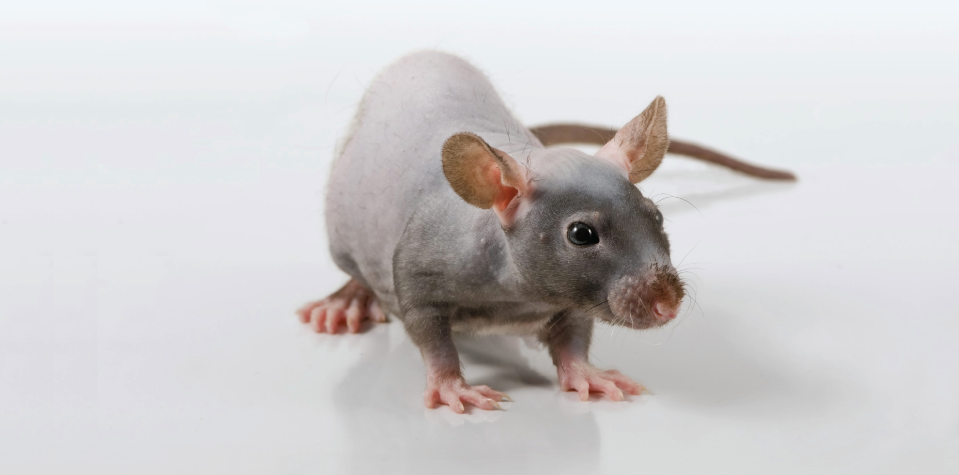
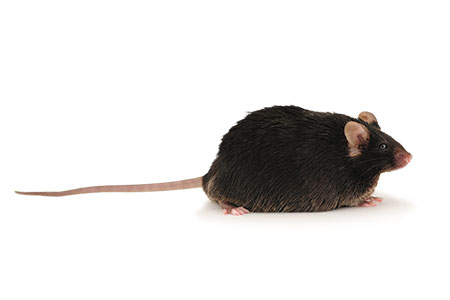
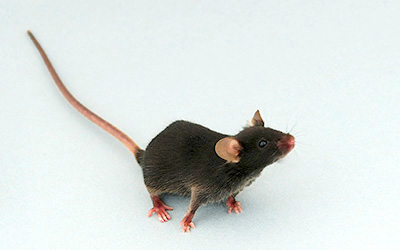
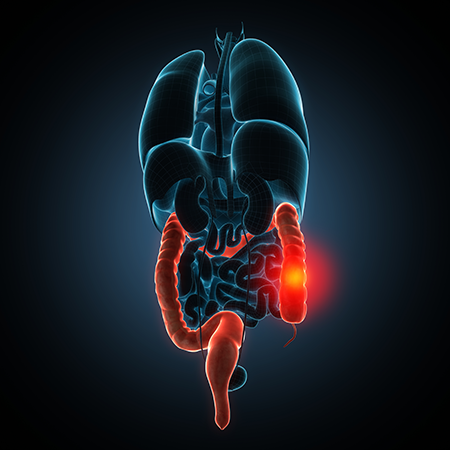




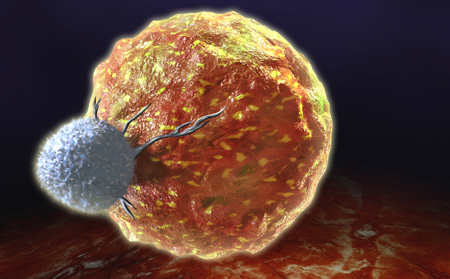


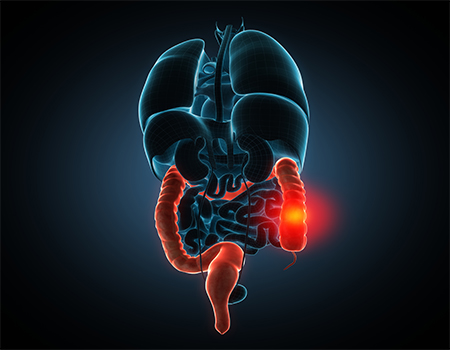
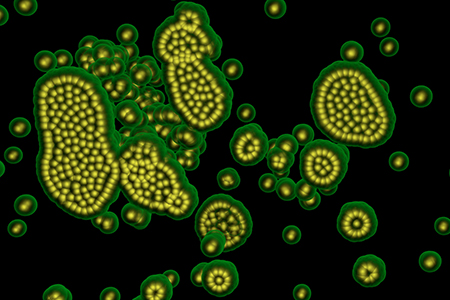

.jpg)

.jpg)
.jpg)
.jpg)
.jpg)





.jpg)


.jpg)
.jpg)




.jpg)




.jpg)

.jpg)






